How are you positioned right now?
Sitting? Leaning to a side? Slumped? Standing or walking?
Tune in to where the pressure of your breath is going during inhalation (breathing in).
Up into your shoulders? Forward into your chest? Maybe into your stomach?
Breathing mechanics and posture (or position) impact each other in a bit of a chicken and egg scenario.
How you breathe impacts your posture and how you position your body influences how you breathe. We should be able to move ribs 360* during inhalation and exhalation (think of how an umbrella opens and closes). This is optimal to disperse pressure throughout the core system and optimize mobility.
Let’s dive into how breathing patterns impact position.
Chest breathing is an excellent example. If you habitually inhale puffing your chest forward, this uses accessory breathing muscles such as the muscles in the front of your neck.
Your neck muscles were not designed to breathe 20,000+ times a day. Overtime they are going to get pretty “overactive” with all that extra work taking over the job of the diaphragm.
Breathing in that way, overtime, can lead to puffed up chest posture (think military posture). This can lead to decreased ability to let your ribs “close” like an umbrella or hollow out your chest which should happen during exhalation.
The tighter the neck muscles, the more lengthened the ab wall becomes (ideally, this works both ways).
Maybe lengthened abs leads to difficulty contracting them for stabilization.
Maybe shoulders become impinged with reaching movements because abs aren't moving ribs out of the way for the shoulder to move forward.
Maybe pelvic joints start to get angry because there is a lack of front support from abs that are not in a great position to function effectively.
That’s just one rabbit hole of how breathing strategies can impact position in a suboptimal way.


Neume Physio Doctor Addie Holzmann Yoga
Let’s reverse the roles and dive in to how position impacts breathing mechanics.
Breathing is pressure and pressure follows the path of least resistance. So if you are sitting in your vehicle leaning toward the right armrest and more compressed in the right side body, the pressure of your breath is going to be directed to the left side body.
If your back is tight when standing (think pregnancy position or a “cracked egg”), the pressure is likely to go out the ab wall.
Or maybe you suck in your belly button because that’s what we were told to do by Cosmopolitan Magazine in the 90s. Doing this can make the pelvic floor the victim of pressure.
Now take any of those positions and turn them into a habit.
Over months or years, you’ll get really good at breathing into certain areas because they’ve become path of least resistance whereas other areas continue to tighten down.
The soft tissues (muscles, tendons, fascia) adapt to habitual positions or postures and start influencing breathing patterns.
This is why movement variability is so important in life and workouts (break your patterns!)—it helps maintain overall mobility.
There are a million scenarios for how we subconsciously (but can learn to consciously) direct the pressure of our breath to influence how we position ourselves. It's the foundation of the Postural Restoration exercises I commonly teach clients to improve their core and floor function.
And being aware of our positional habits is the first step to breaking our patterns so we can breathe into new spaces!
Exhale, Addie
*** You can start working on improving your posture, breathing, and pressure management by working with a Postural Restoration provider! Find one here
Try this exercise...
* To improve awareness and control of your core
* Feel abs connect front body while you breathe into side & back body for 360* breath
Skip this exercise if....
* It causes any symptoms or discomfort
* Your neck or wrists don't like the all fours position
